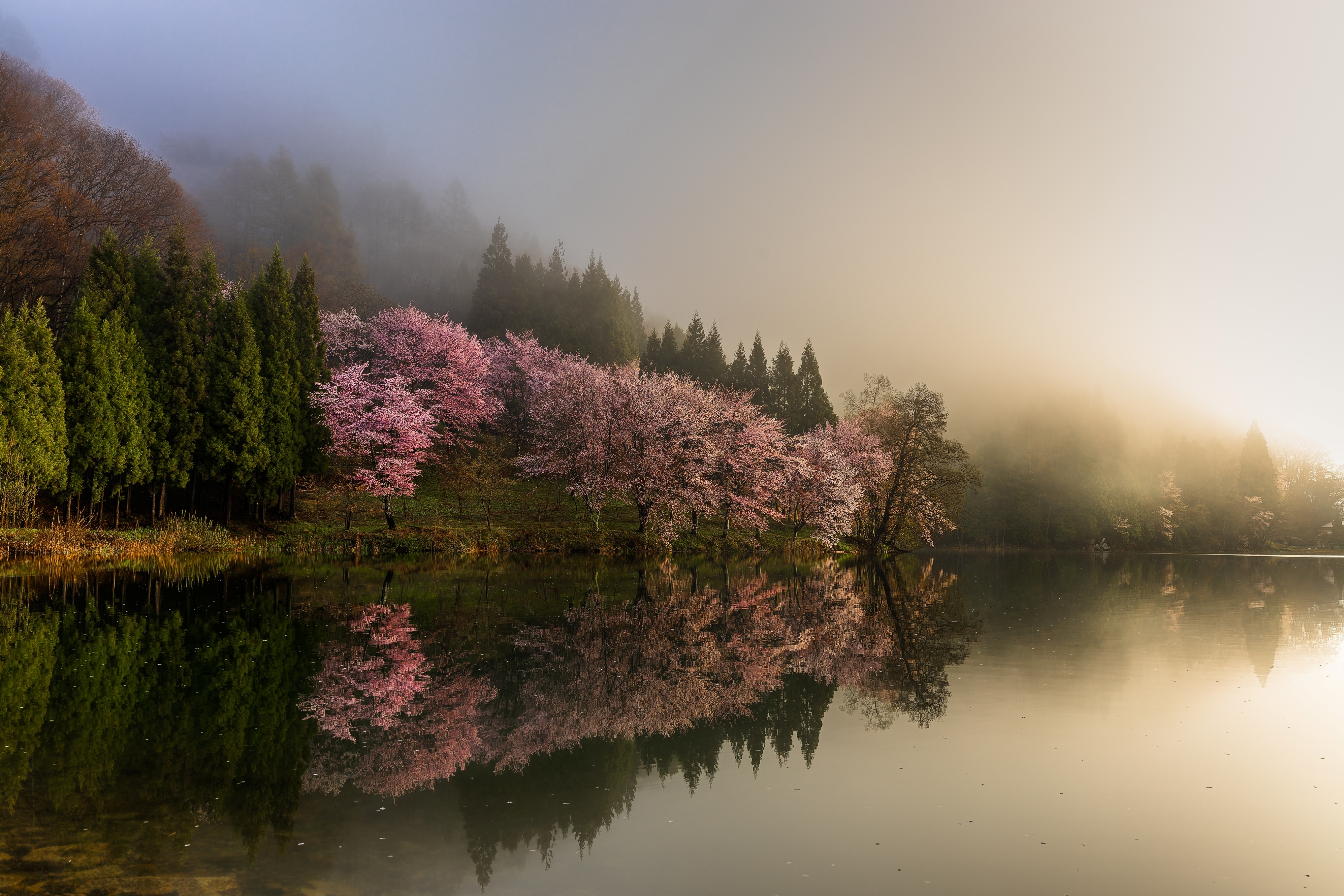The best lenses for the Sony ZV-E10 & ZV-E10 II: smart choices for vlogging and just about any other genre of video and stills photography
Here are my top lens recommendations for the Sony ZV-E10 & ZV-E10 II. Not just for vlogging, this compact and lightweight camera can work really well in all sorts of scenarios

I really like the Sony ZV-E10. It’s based around the same APS-C format image sensor and video features that I’ve seen in other Sony A6000-series bodies, but is wonderfully compact and streamlined. With no viewfinder, it’s practically pocketable with its slimline dimensions, while the flip-around, forward-facing rear screen makes it brilliant for vlogging and selfies, when I’m standing in front of the camera.
I’d go as far as to say it’s one of the best cameras for vlogging right now. It’s also really intuitive and easy to use, making it a strong contender as one of the best cameras for beginners. With these factors firmly in mind, I’ve picked the best lenses to go with the Sony ZV-E10, based on what I believe you’ll find most useful when you’re just starting out, and later on when you’re ready to try new subjects and techniques. The 16-50mm power-zoom lens that comes with the camera is certainly ideally suited to vlogging but, with a couple or more other lenses in your collection, you can really spread your wings and get creative.
Naturally, the ZV-E10 isn’t just for vlogging. While it’s probably one of the most basic cameras in the Sony range, I think it’s still one of the best Sony cameras for anyone just starting out. Its 24MP sensor and access to the full Sony E-mount lens range means that it’s a really good stills camera too. So if you like to mix it up a bit between shooting stills and video, check out the lenses in this guide and find out where they can take you on your journey.

Rod is an independent photography journalist and editor, and a long-standing Digital Camera World contributor, having previously worked as DCW's Group Reviews Editor. He has used practically every interchangeable-lens camera launched in the past 20 years, from entry-level DSLRs to medium-format cameras, so he has the expertise to select the best Sony lenses for you.
The Quick List
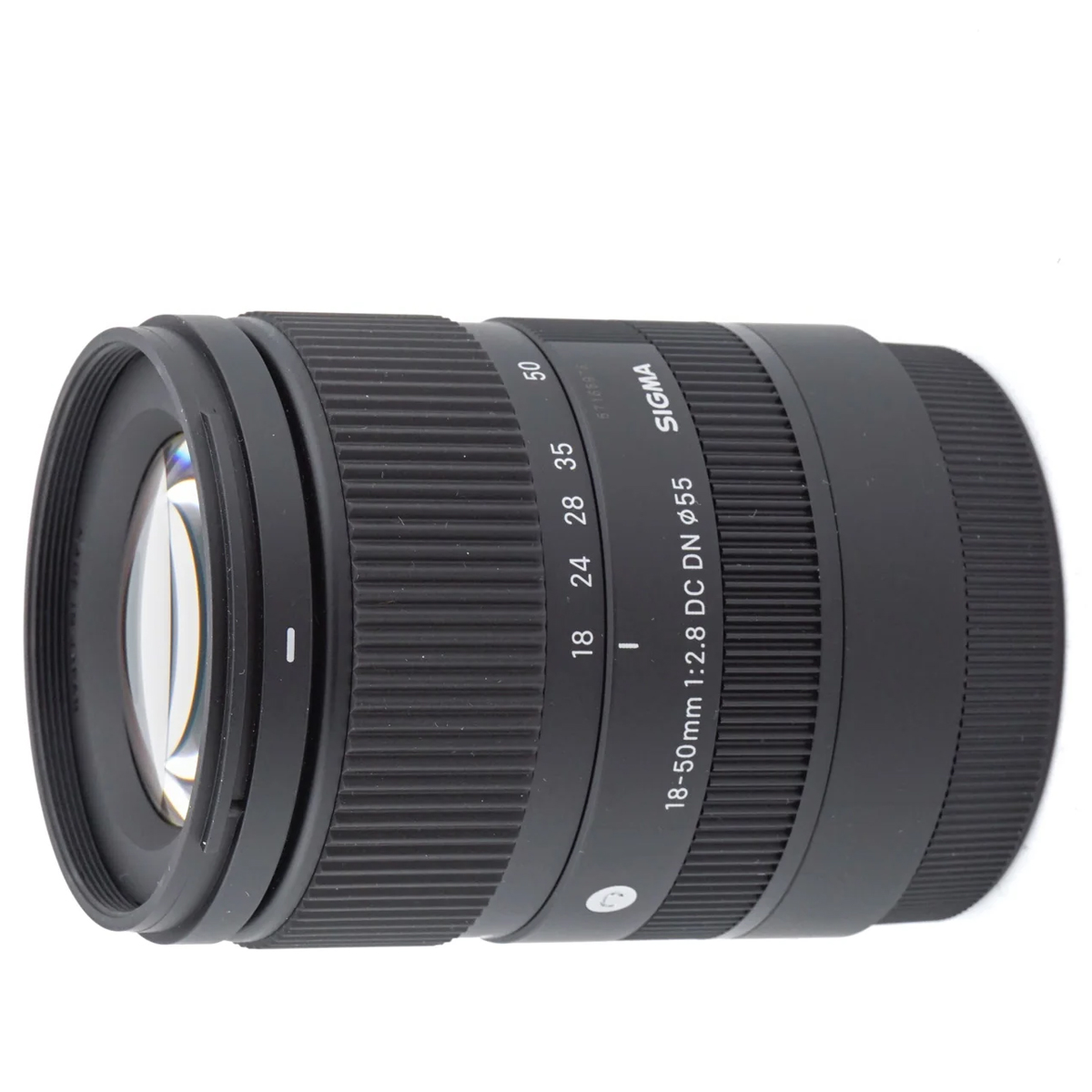
I can get better-quality images than with the kit lens, with a zoom range that’s able to cope with most general-purpose shooting. Read more below…

This affordable option reaches further than the Sigma 18-50mm, while still offering a decent wide-angle option for landscapes. Read more below…

The ZV-E10 is a big favorite with vloggers, and this power zoom makes the ideal partner when you want to record to camera. Read more below…

Enjoy the image quality only a prime lens can deliver, with a wide aperture that helps you capture the night skies. Read more below…
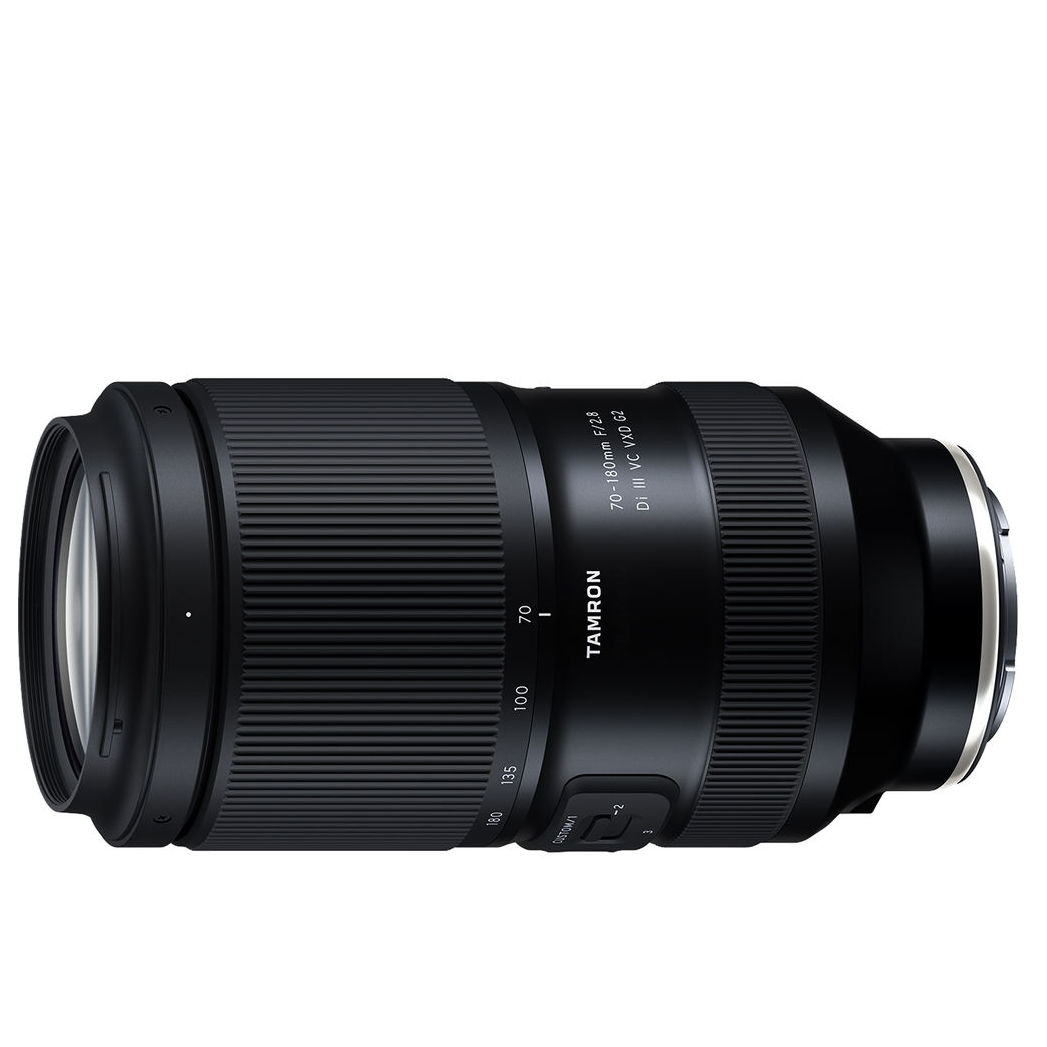
A clever reduction in typical '70-200mm' focal length makes this telephoto small and light enough for comfortable use with the ZV-E10. Read more below…
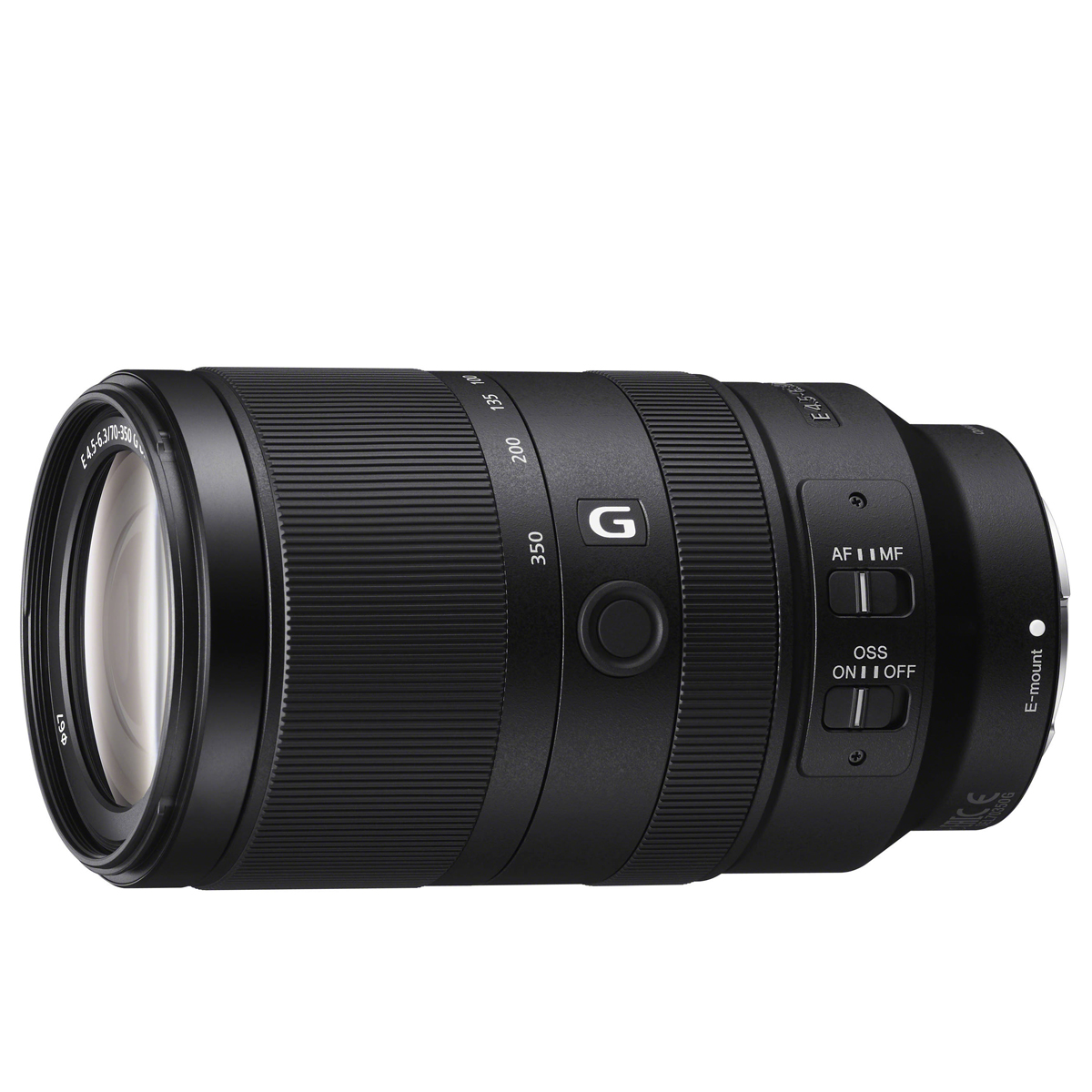
This is essentially a super-telephoto zoom when you attach it to the ZV-E10, enabling you to get really close to the action. Read more below…
Best lenses for Sony ZV-E10
Why you can trust Digital Camera World
Best everyday lens for the ZV-E10
Specifications
Reasons to buy
Reasons to avoid
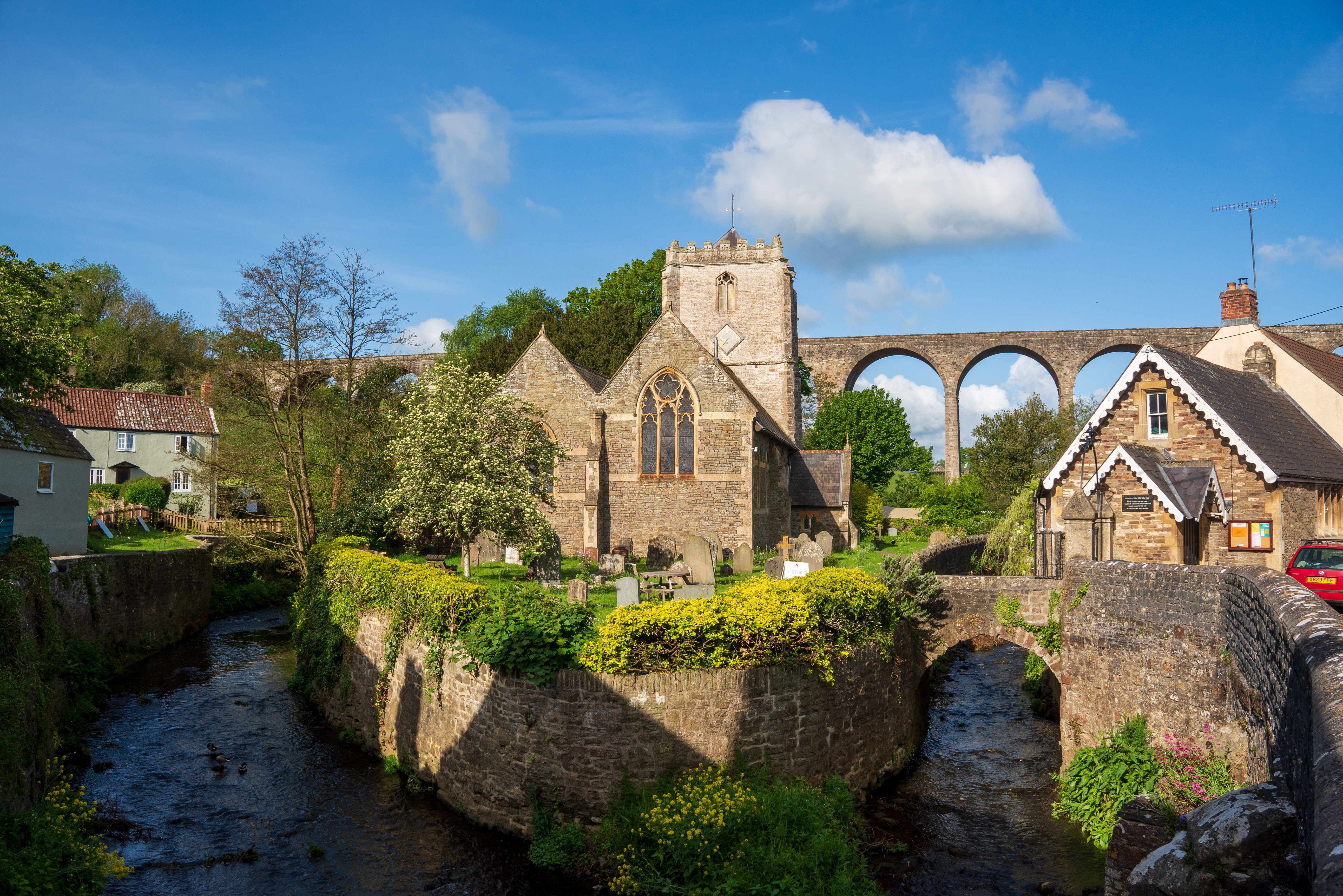
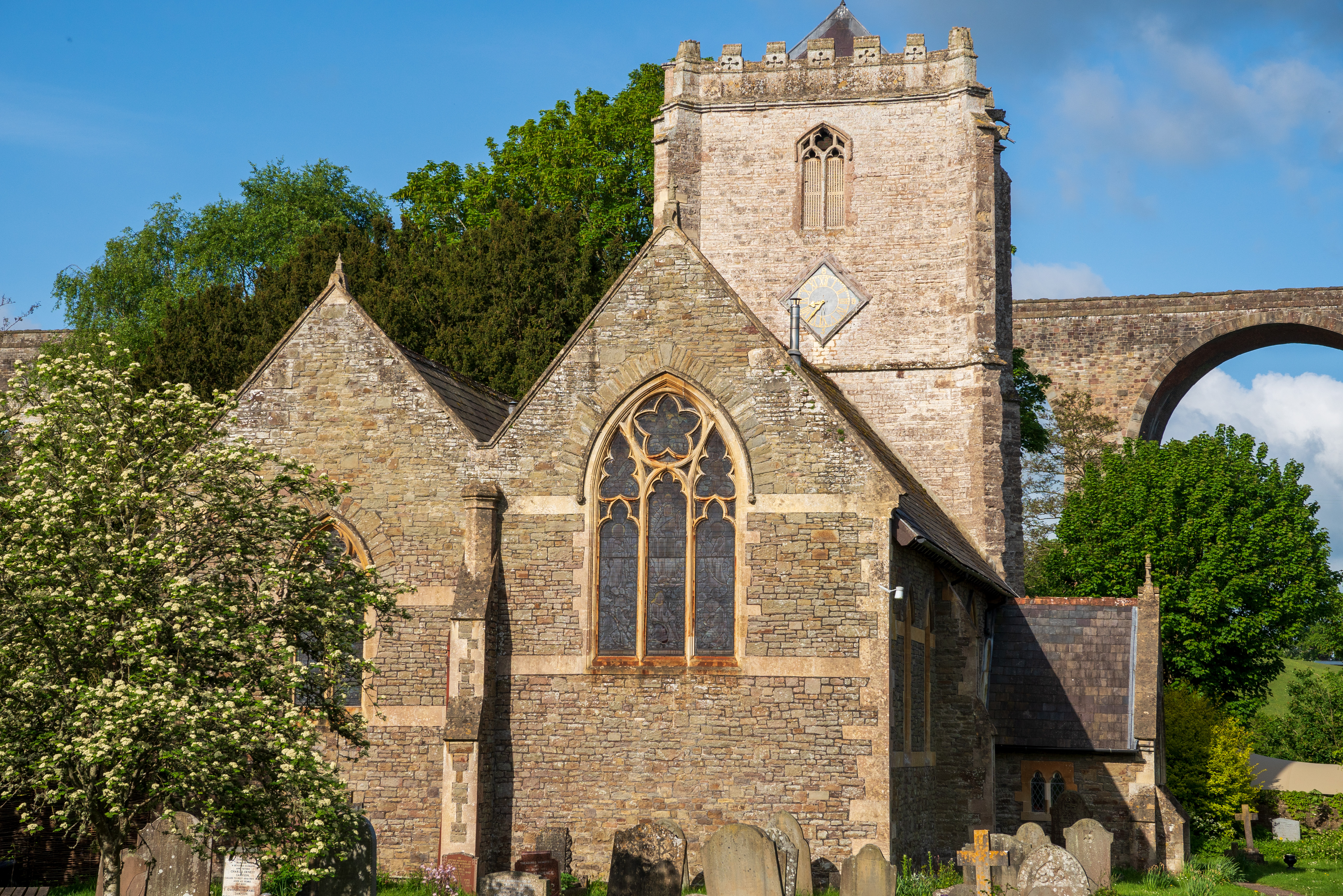

My picture shows the Sigma 18-50mm f/2.8 DC DN fitted to the Sony A7R III that we use for testing, but it's actually an APS-C lens designed to fit the sensor in the ZV-E10. It offers a classic 3x zoom range for a standard zoom, with a constant f/2.8 maximum aperture.
Sony makes a 16-55mm f/2.8 G lens, but it's a lot larger and a lot more expensive, and I think this Sigma alternative is a much better match. it’s surprisingly compact – I say surprisingly because lenses that offer a constant aperture normally end up larger than this. It’s also well-built and weather-resistant
During my testing, the lens delivered great images, and the autofocus system was responsive enough to keep up with moving subjects. It’s a really excellent little lens.
Read more: Sigma 18-50mm f/2.8 DC DN Contemporary review
Features ★★★★☆ | The fast and constant f/2.8 aperture is the killer feature but the lens is built to be compact and lightweight so there aren’t many extras. |
Design ★★★★★ | Although small and light, the lens feels sturdy and well built. It feels right at home on slimline Sony bodies. |
Performance ★★★★☆ | There’s a good mix of sharpness and smooth bokeh, although edge-sharpness could be better at long zoom settings when shooting wide-open. |
Value ★★★★☆ | It’s the kind of lens that you could happily use as your ‘go to’ for everyday shooting, making it very good value at the price. |
Most versatile lens for the ZV-E10
Specifications
Reasons to buy
Reasons to avoid
If you want something with a bit more range than the Sigma 18-50mm f/2.8, how about this affordable zoom lens? The Sony E 18-135mm f/3.5-5.6 OSS gives you an extensive zoom range – the equivalent of 27-202mm thanks to the ZV-E10’s APS-C sensor. But despite the range, it’s able to maintain good performance, right up to the longest zoom setting.
If you use a raw processing program that doesn't automatically apply lens corrections, you'll see how much digital corrections are needed, but if that's the price you pay for this level of optical quality, I'll take it! My picture shows this lens on a Sony A6000, but it's also a perfect fit for the ZV-E10 and makes an ideal do-it-all travel lens.
Read more: Sony E 18-135mm f/3.5-5.6 OSS review
Features ★★★★☆ | The versatile zoom range is top of the features list and the lens also has optical stabilization. |
Design ★★★★☆ | Build quality feels pretty good but the lens lacks any weather-seals. |
Performance ★★★★☆ | It’s good overall but long-zoom sharpness could be better away from the center of the frame. |
Value ★★★★☆ | It’s good value for a walkabout and travel lens with a generous 27-200mm ‘effective’ zoom range. |
Best vlogging lens for the ZV-E10
Specifications
Reasons to buy
Reasons to avoid
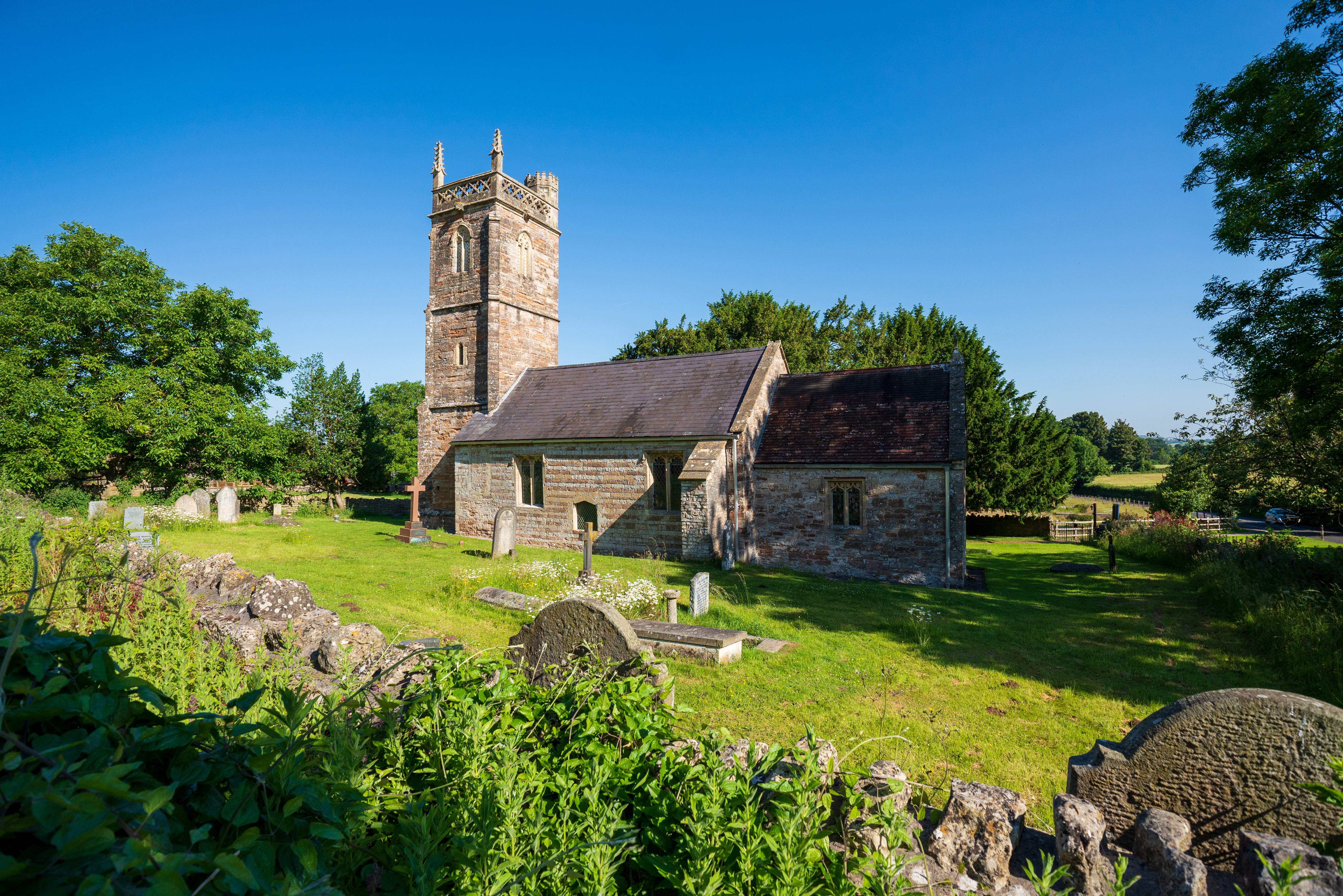
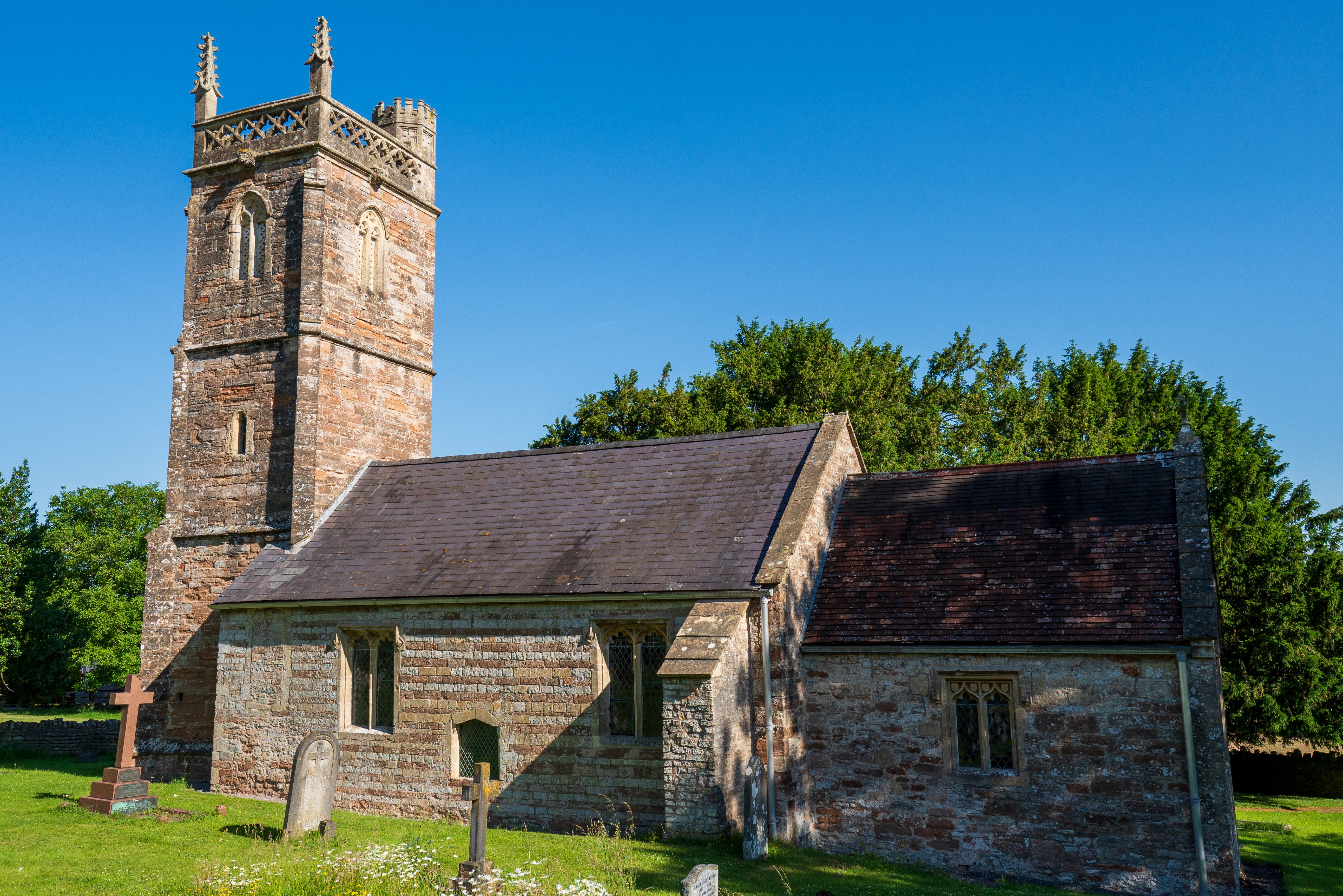
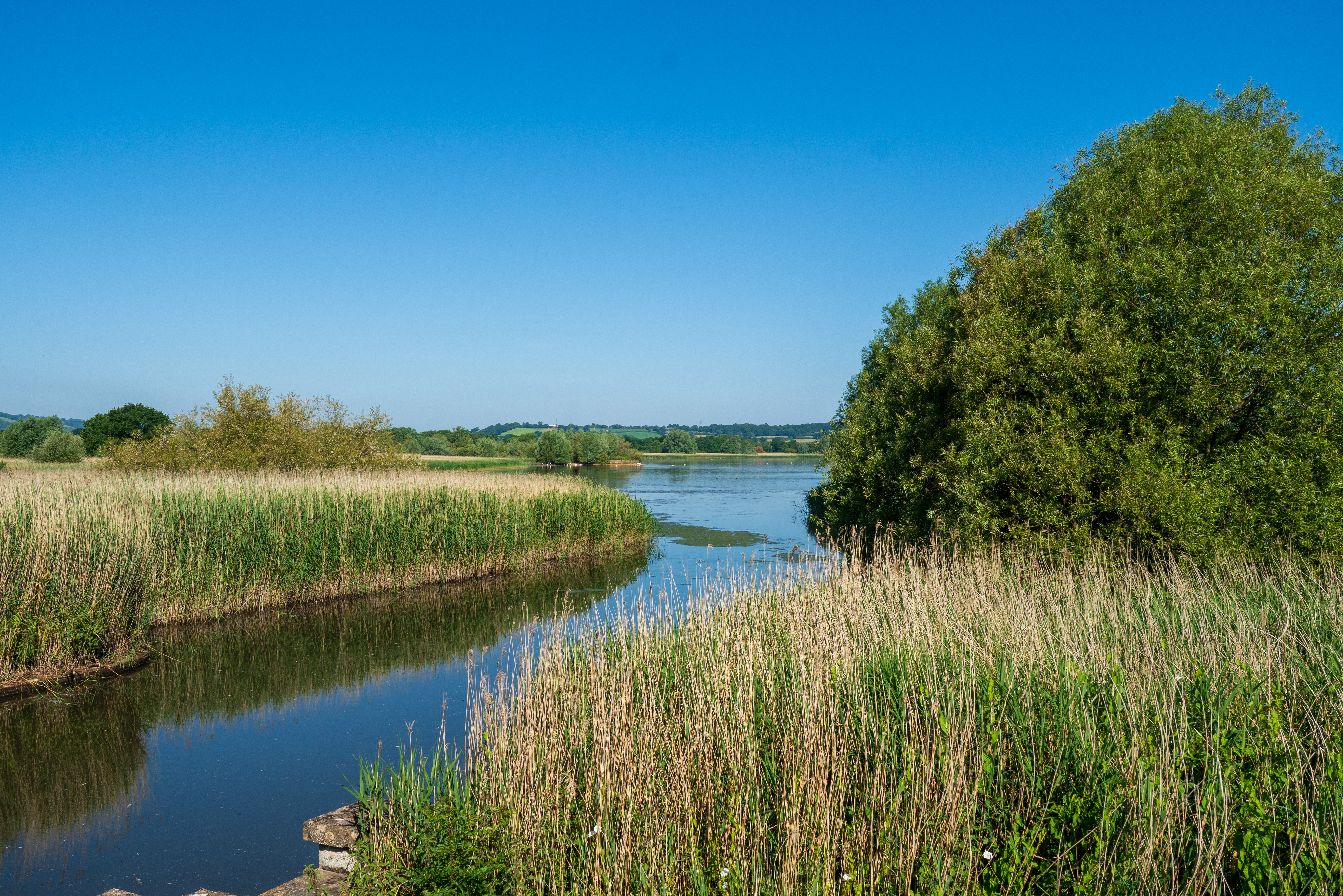
If you want to walk and talk to the camera at the same time, the ZV-E10, with its flip-around screen, can oblige – but you'll need something wider than the standard 16-50mm kit zoom, especially if you want to set the scene by filming yourself against the background.
That's where the Sony E PZ 10-20mm ultra-wide zoom comes into its own. It doesn't just give you the wider angle of view that you need for selfies, not to mention travel photography, it's a power zoom lens to go with the ZV-E10's zoom switch on the top of the camera. If this lens is a little too pricey, go for Sony's older but cheaper 10-18mm f/4 OSS lens instead.
Read more: Sony E PZ 10-20mm f/4 G review
Features ★★★★★ | The videocentric feature set includes a power zoom and very useful zoom range, with a constant aperture. |
Design ★★★★☆ | There’s no aperture control ring but you do get a function button and the weather-resistant design is nicely compact. |
Performance ★★★★★ | It’s impressively sharp and the motorized zoom works really well for video capture. |
Value ★★★★☆ | Considering the up-market build quality, performance and handling, it’s good value at the price. |
Best wide-angle lens for the ZV-E10
Specifications
Reasons to buy
Reasons to avoid
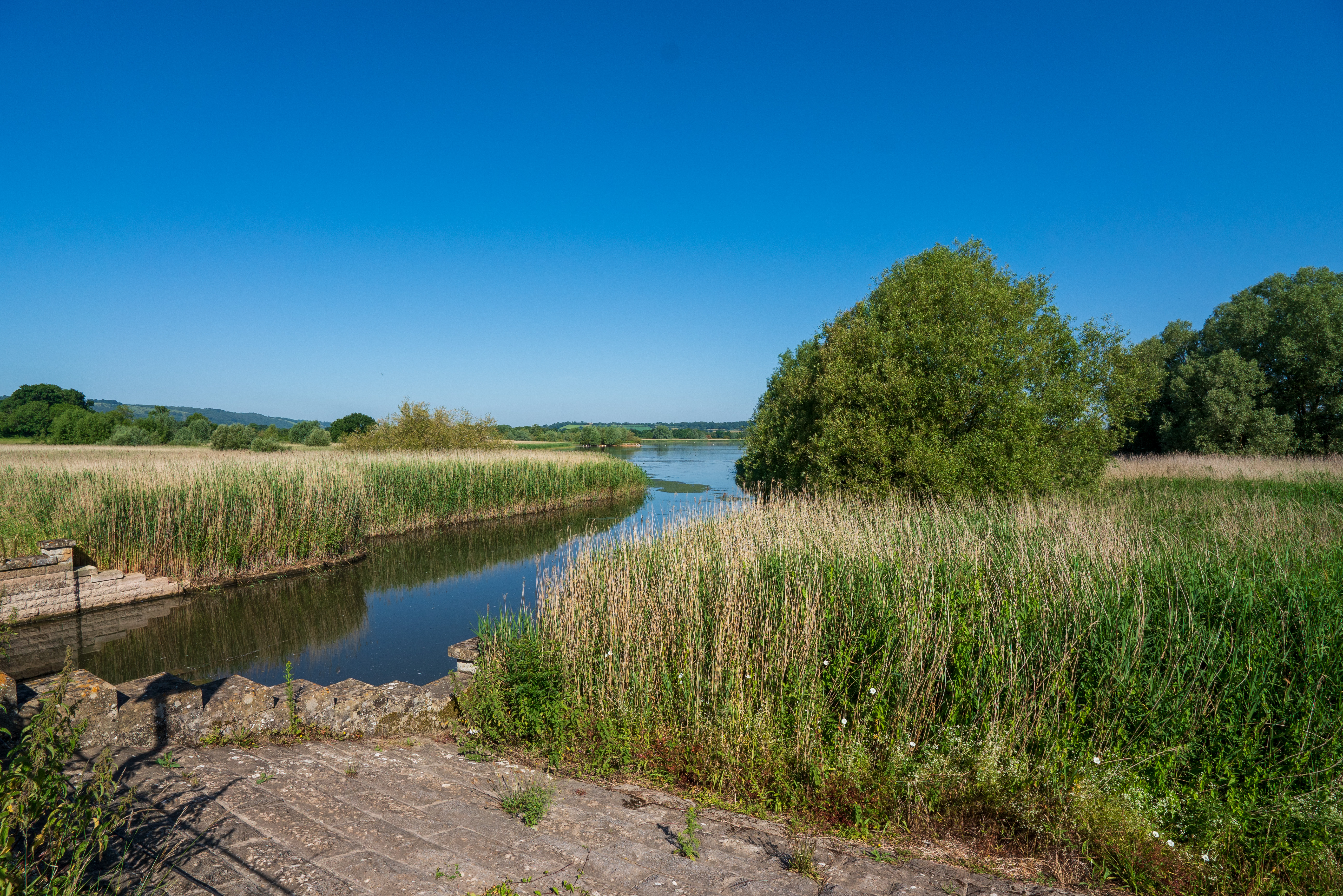

This is Sony's widest prime lens available for the ZV-E10. Its ultra-wide view, equivalent to 17mm when you take the ZV-E10’s APS-C sensor into account, is ideal for epic scenes such as landscapes and interiors, while its fast f/1.8 aperture means it can take in lots of light, so it’s a strong choice for astrophotography as well.
The use of two linear stepping motors makes the autofocus system very quick for stills, but it also delivers smooth and near-silent transitions while you’re shooting video. All in all it's great lens that's remarkably compact for one that gives such an epic viewing angle, and with such a bright aperture.
Read more: Sony E 11mm f/1.8 review
Features ★★★★☆ | There’s a customizable function button and AF/MF switch but no aperture control ring. |
Design ★★★★★ | It’s a tough little cookie with a weather-resistant design and removable hood. |
Performance ★★★★☆ | Image quality is very good but relies on automatic in-camera corrections for distortion and vignetting. |
Value ★★★★☆ | It’s quite pricey for an APS-C format prime lens but well worth the money. |
Best telephoto lens for the ZV-E10
Specifications
Reasons to buy
Reasons to avoid
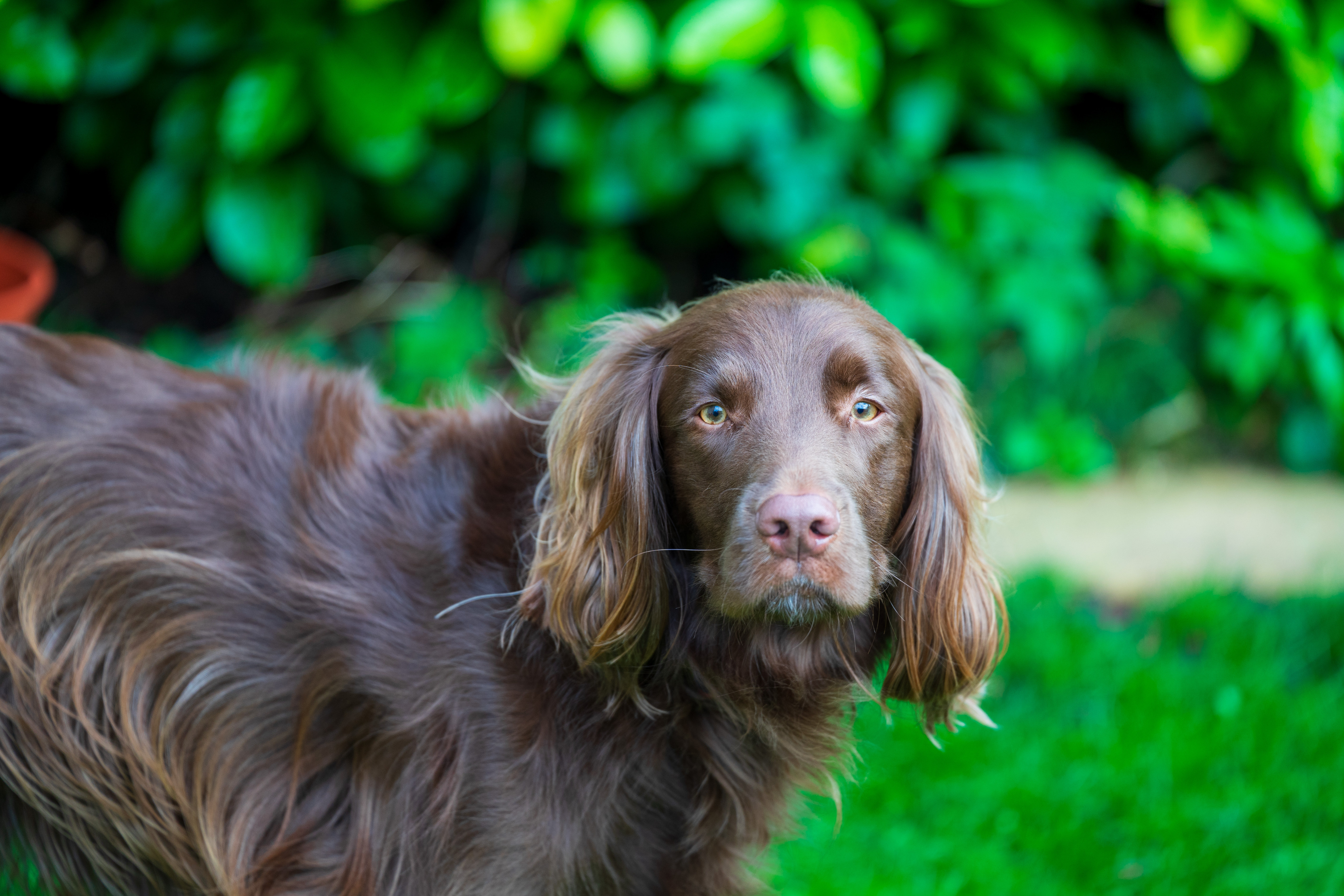


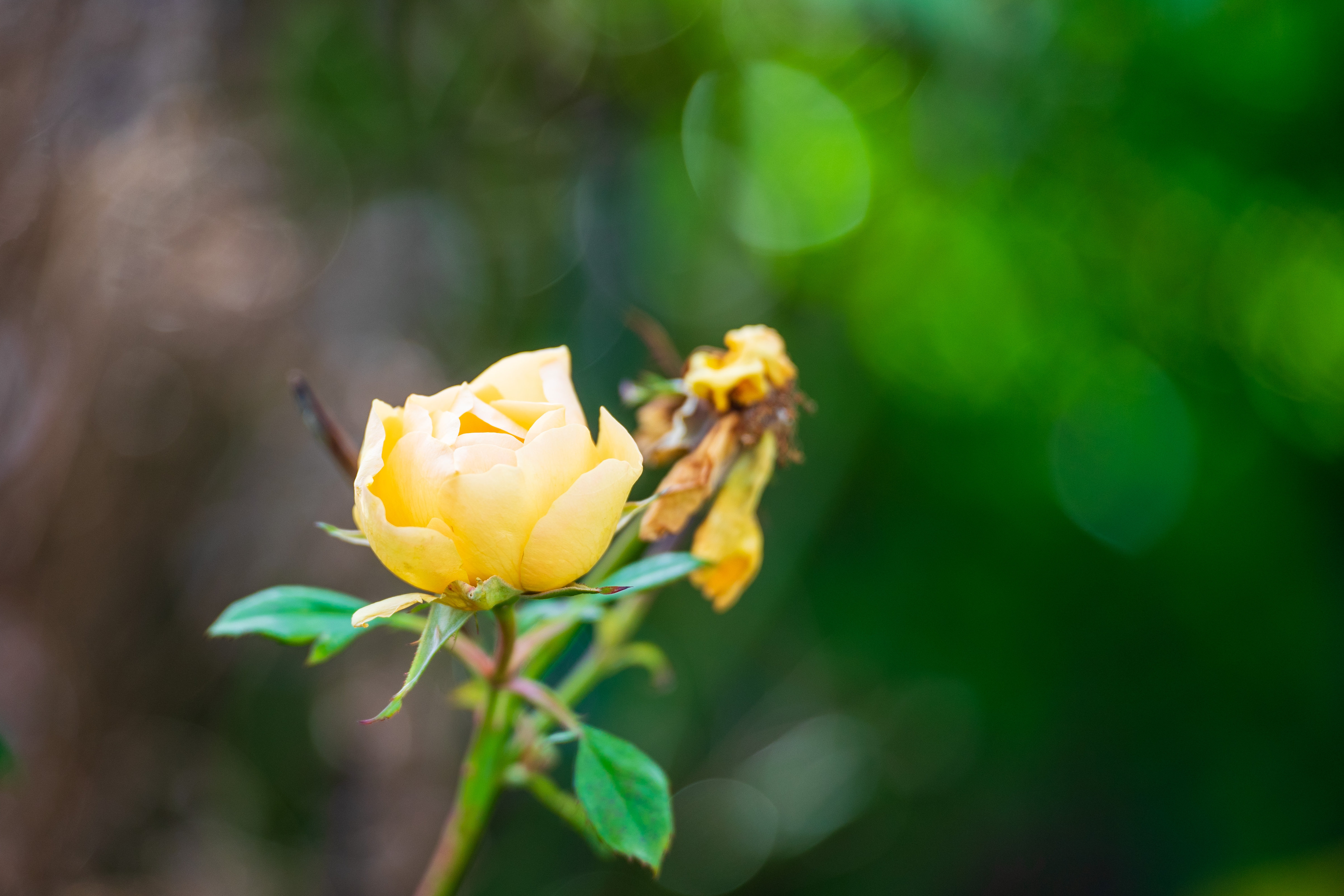
I love using this lens on both A7-series full-frame cameras and APS-C format Sony bodies. It’s much more compact and lightweight than conventional 70-200mm f/2.8 ‘trinity’ telephoto zooms, which I feel is always a good thing when shooting with slimline mirrorless bodies. Sure, it doesn’t quite stretch to 200mm at the long end but it comes pretty close, while retaining that all-important constant f/2.8 aperture throughout the entire zoom range. Pop it on an APS-C format body like an A6000-series camera or the ZV-E10 and you get an ‘effective’ zoom range of 105-270mm. Either way, it works a treat for weddings and events and even for sports and wildlife photography, while keeping the weight off.
And there’s more. While the original Tamron 70-180mm was a great lens, I love that the G2 adds optical image stabilization, uprated handling and revamped optics. And it delivers all this at a more inexpensive launch purchase price than the original lens.
Autofocus is super-fast, based on a VXD (Voice-coil eXtreme-torque Drive) system, and well able to do justice to the Fast Hybrid AF, Eye AF and advanced tracking options in Sony’s recent mirrorless cameras. The proof of the pudding is in the image quality and I like that the optical layout has been redesigned to include an XLD (eXtra Low Dispersion) element, a hybrid aspherical lens element, three LD (Low Dispersion) elements and two GM (Glass Molded aspherical) lens elements. Tamron’s BBAR-G2 (Broad-Band Anti-Reflection Generation 2) coating is also applied to minimize ghosting and flare. All in all, it’s a terrific lens and a bargain at the price.
Read more: Tamron 70-180mm F2.8 Di III VC VXD G2 review
Features ★★★★★ | Fancy features in the ‘Generation 2’ include a three-pole Custom switch, function button and USB-C port. |
Design ★★★★★ | The design gives you almost the same zoom range as a classic 70-200mm f/2.8 telephoto zoom but in a much smaller, lighter package. |
Performance ★★★★★ | From super-fast and highly accurate autofocus to great image quality and effective optical stabilization, it’s a cracker. |
Value ★★★★★ | It’s less than half the price of many ‘trinity’ telephoto zooms, making it a standout bargain. |
Best super-telephoto lens for the ZV-E10
Specifications
Reasons to buy
Reasons to avoid
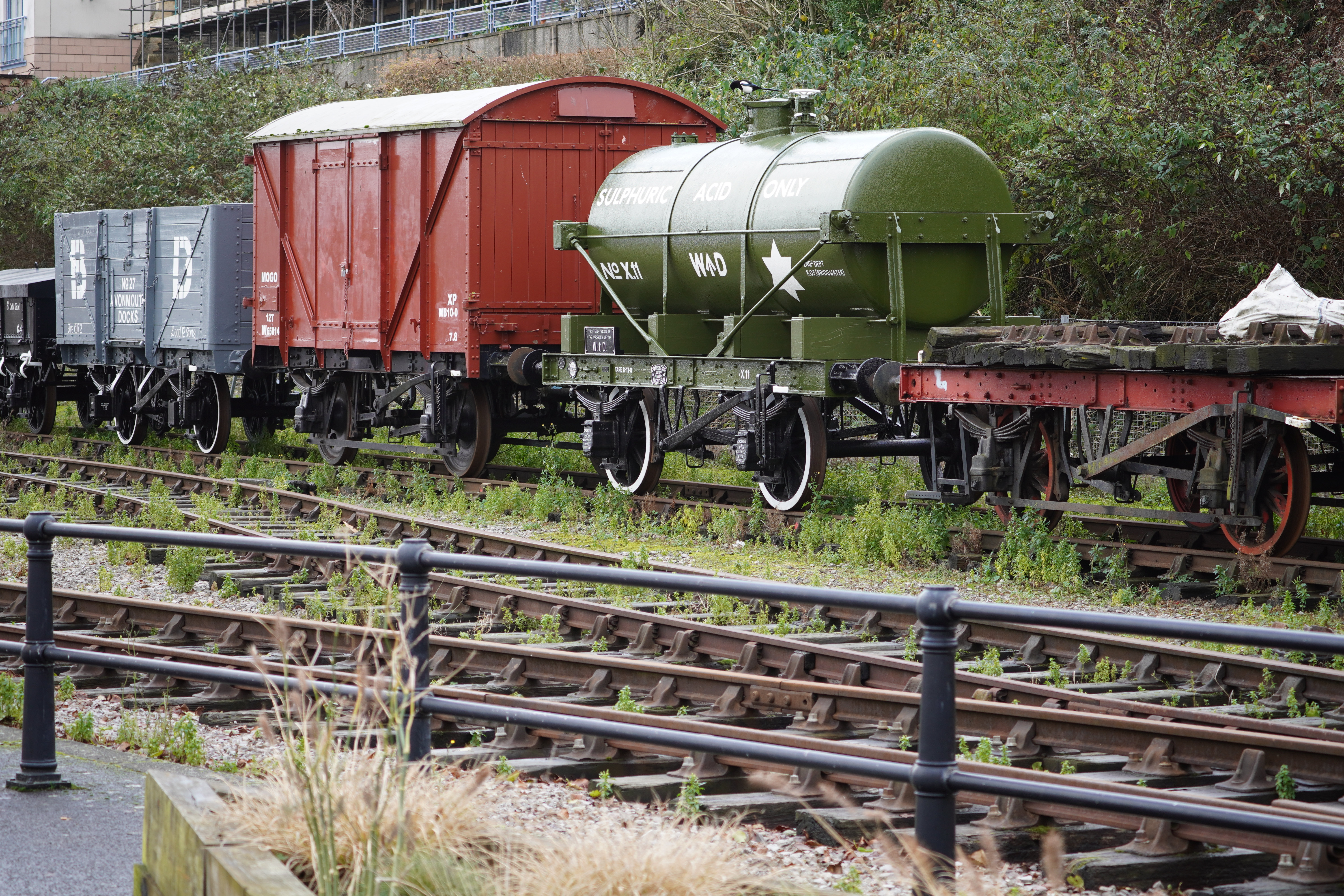
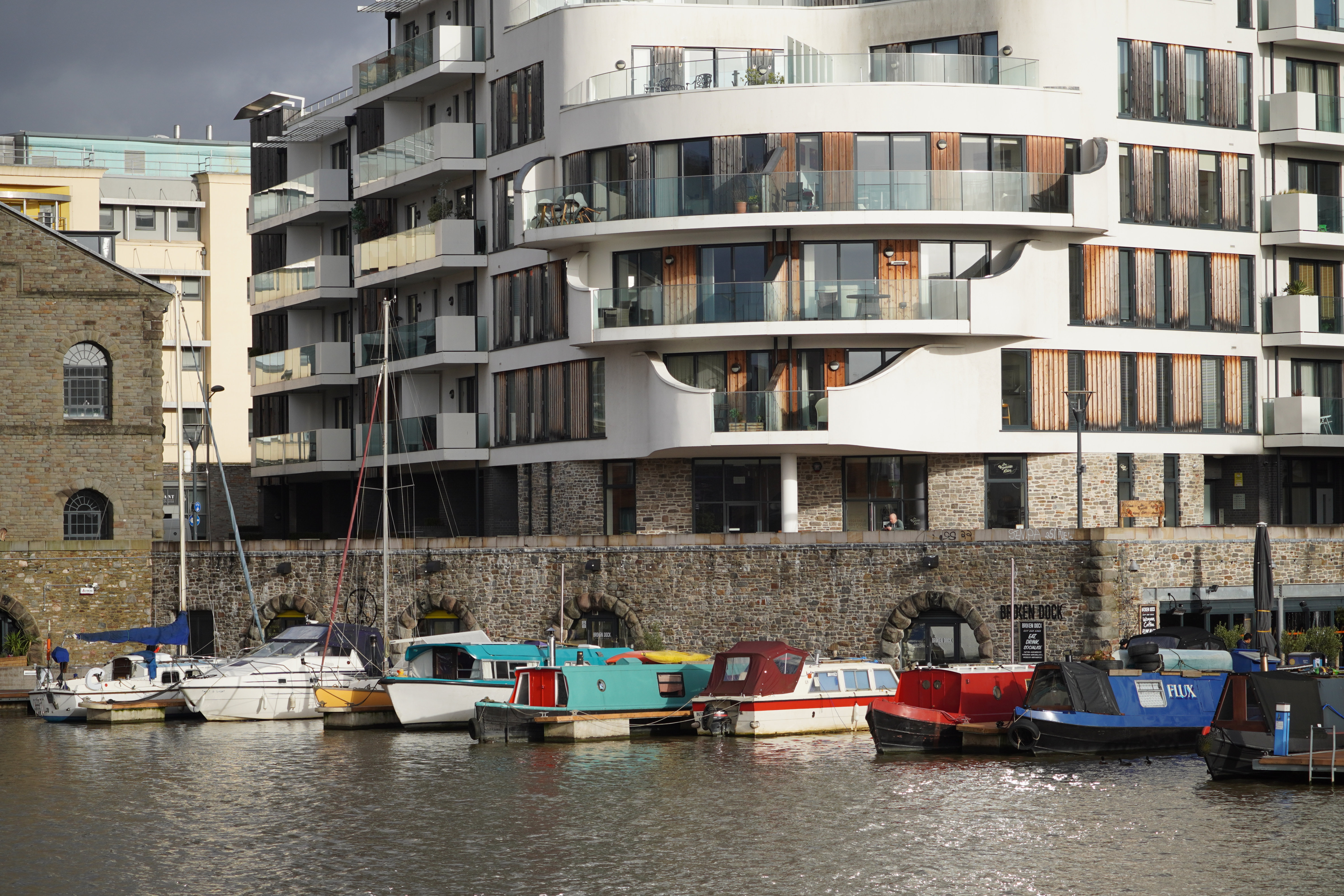
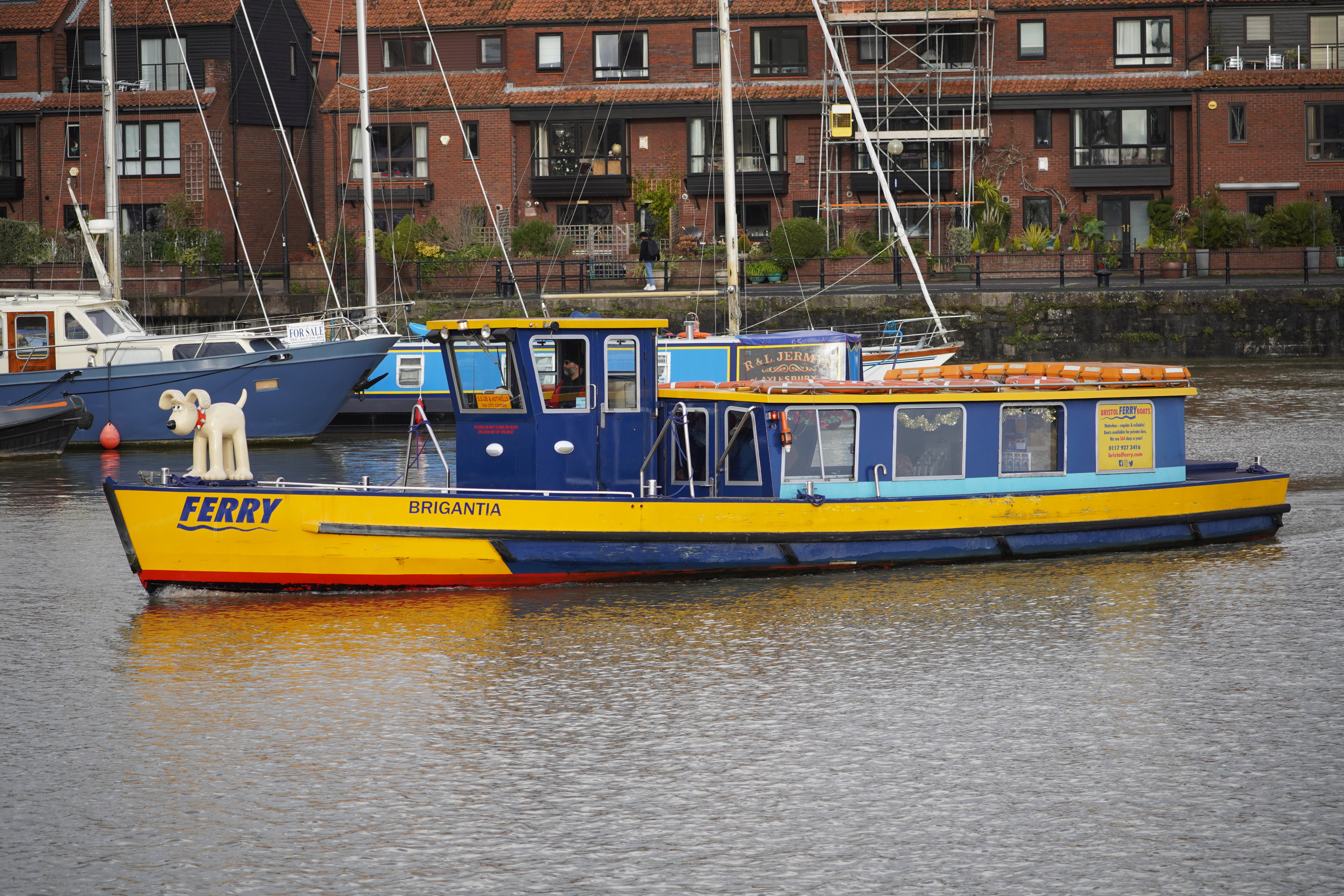
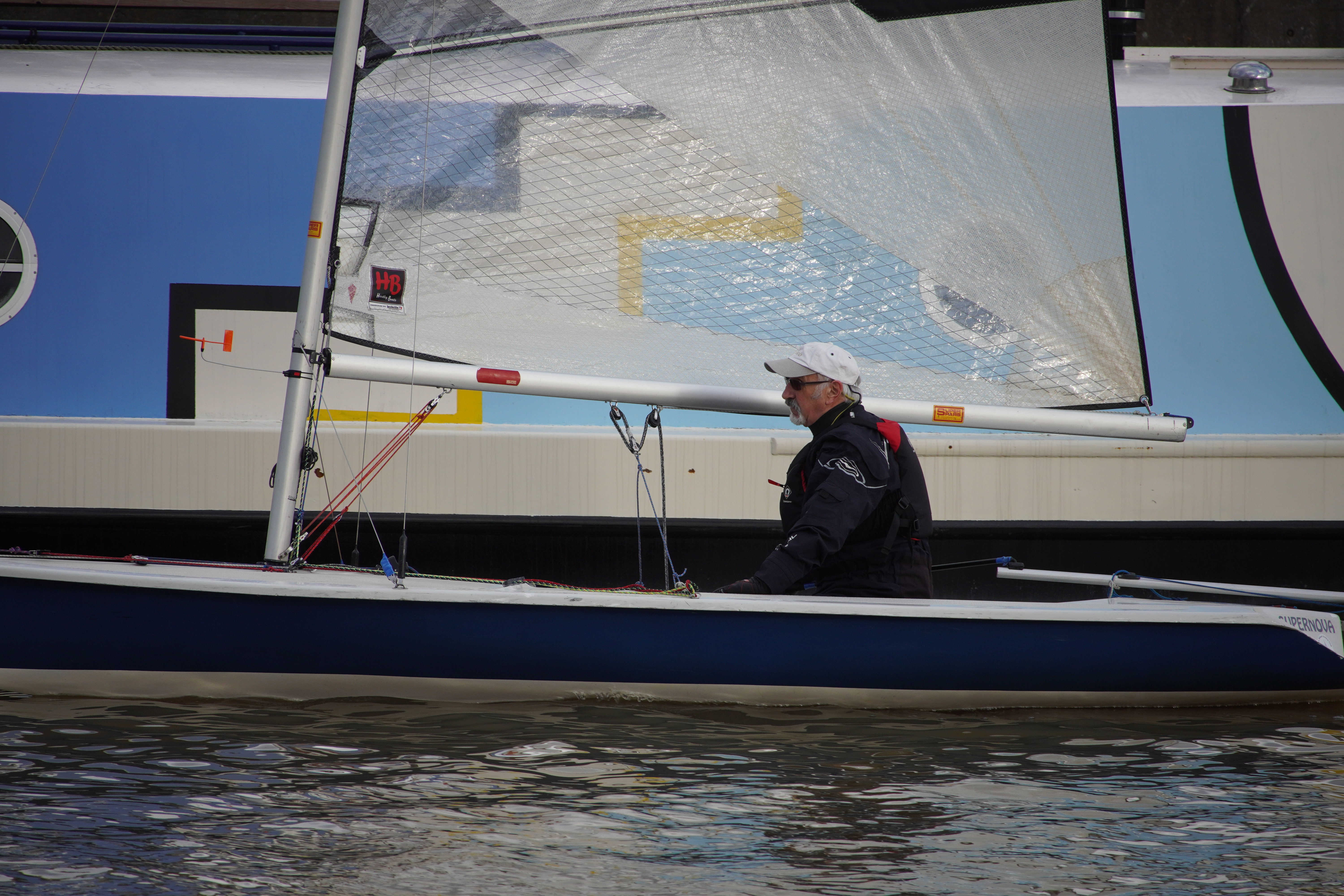
If you’re into action, sports, wildlife and bird photography, or maybe shooting aircraft at air shows, you’ll know that you often can't get as close as you'd like to your subject matter. On the ZV-E10, the reach of this lens is extraordinary, equating to 105-525mm in full-frame terms, and definitely taking you into super-telephoto territory.
Despite the relatively modest aperture rating, you can expect to get high-quality images from this lens, and it’s light enough that handheld shooting is perfectly possible, even for lengthy periods. Built-in optical stabilization helps to maintain sharpness.
Read more: Sony E 70-350mm f/4.5-6.3 G OSS review
Features ★★★★★ | High-end features include a function button, AF/MF switch and optical stabilization. |
Design ★★★★★ | G-series quality comes to this APS-C format lens with up-market design and weather-seals. |
Performance ★★★★★ | It’s impressively sharp and the XD linear motor-driven autofocus system is fast and snappy. |
Value ★★★★☆ | This is a pricey telephoto zoom for an APS-C format lens but worth the outlay. |
Lab data and comparisons
The graphs below show the comparative performance of the lenses in this guide, based on our in-house lab tests. As you’ll see, the full-frame compatible Tamron 70-180mm has standout performance for sharpness, especially for a zoom rather than prime lens, and the APS-C format E 18mm also does very well. By contrast, the Sony E 18mm shows very extreme barrel distortion but as with many lenses designed for mirrorless cameras, automatic in-camera correction takes care of this aberration.
Scores for sharpness and color fringing are averaged from data taken across the entire image frame, from the center to the edges and corners, throughout the aperture range. For zoom lenses, the scores are also averaged from data measured at all marked focal lengths, and the same applies to distortion. Bear in mind that these average values don't fully reflect specific areas of performance. For example, a zoom lens might have noticeable barrel distortion at its shortest focal length, which is less obvious when everything is averaged out. For more detailed graphs of each lens's performance, take a look at the graphs published in our full standalone reviews.
How to choose the best lens for the Sony ZV-E10
The ZV-E10 uses the Sony E lens mount. Sony’s own E-mount lenses have either FE (full-frame) or E (APS-C format) in their model names: all work on the ZV-E10. Very broadly speaking, an FE lens will be heavier and more expensive than an equivalent E lens, but deliver better image quality. E lenses (again very broadly) will tend to be smaller and lighter.
For shooting at shorter focal lengths and wider angles of view – specifically kit lenses or ultra-wide zooms – you are probably better off with an E lens. The APS-C crop factor of the ZV-E10 means that FE lenses offer a reduced angle of view, curtailing their wide-angle capability with the smaller sensor.
If you are buying a third-party E-mount lens, check whether the lens is designed for use with APS-C Sony cameras like the ZV-E10, or with full-frame Sony bodies.
Check out our guide to the best Sony lenses if you want to know more
How we test lenses
The lens experts in our testing lab run a range of tests under controlled conditions, using the Imatest Master testing suite. Photos of test charts are taken across the range of apertures and zooms (where available), then analyzed for sharpness, distortion and chromatic aberrations.
We use Imatest SFR (spatial frequency response) charts and analysis software to plot lens resolution at the centre of the image frame, corners and mid-point distances, across the range of aperture settings and, with zoom lenses, at four different focal lengths.
There's more to it than just the technical side, though! Beyond the lab, our reviewers test lenses in real-world environments – and sometimes on professional shoots! We work with lenses both indoors and outdoors, in studio conditions and in natural light, with as many different subjects as is possible (or appropriate – there's no point testing a landscape lens' ability to shoot a portrait!).
We take into account everything from handling and ease of use to speed of autofocus and the overall quality of the images produced.
Find out more about how we test and review on Digital Camera World
The best camera deals, reviews, product advice, and unmissable photography news, direct to your inbox!

Rod is an independent photography journalist and editor, and a long-standing Digital Camera World contributor, having previously worked as DCW's Group Reviews editor. Before that he has been technique editor on N-Photo, Head of Testing for the photography division and Camera Channel editor on TechRadar, as well as contributing to many other publications. He has been writing about photography technique, photo editing and digital cameras since they first appeared, and before that began his career writing about film photography. He has used and reviewed practically every interchangeable lens camera launched in the past 20 years, from entry-level DSLRs to medium format cameras, together with lenses, tripods, gimbals, light meters, camera bags and more. Rod has his own camera gear blog at fotovolo.com but also writes about photo-editing applications and techniques at lifeafterphotoshop.com






